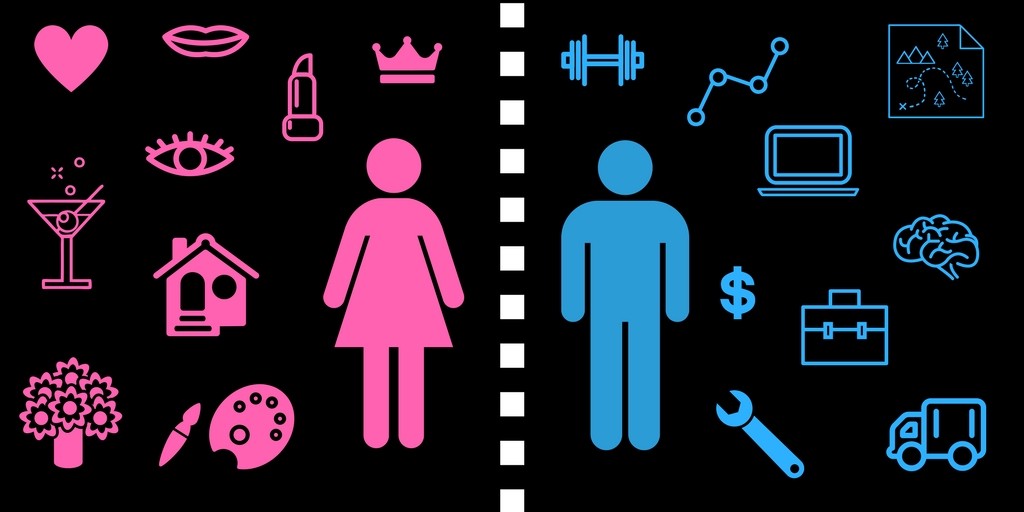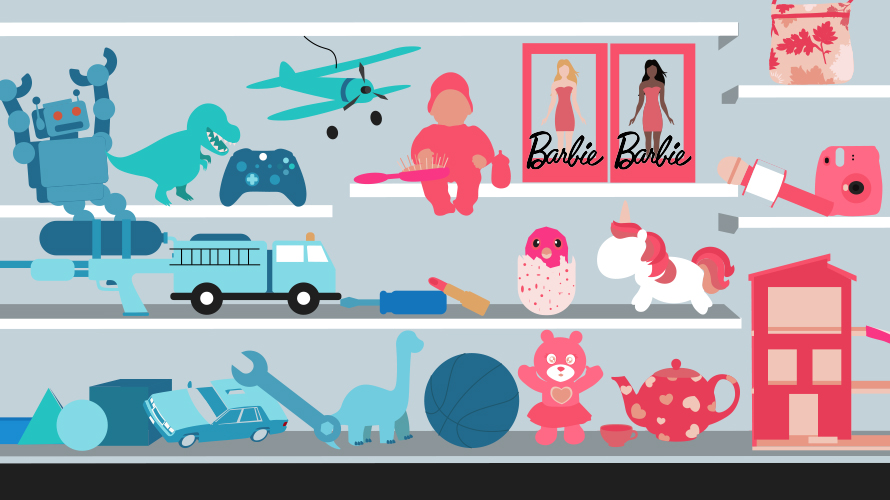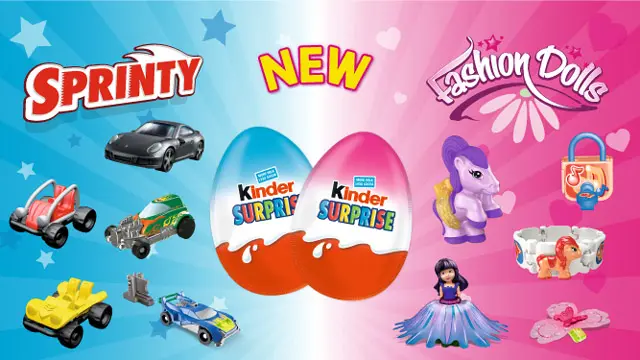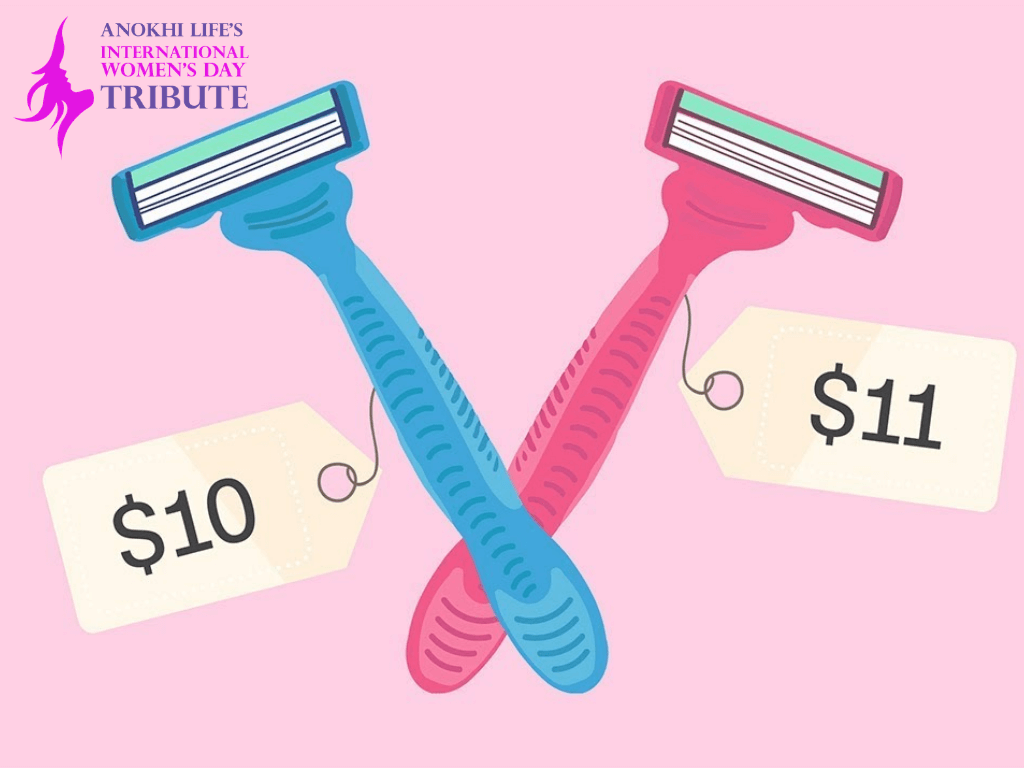
A Gender-Based Divided World Of Pink And Blue!
Let’s imagine a situation: It’s your niece and nephew’s birthday, and you wish to gift them toys. You bought a remote-control car for your nephew and a kitchen set for your niece. Do you know why you made a certain choice? It is because, when you go to a toy store, your subconscious mind automatically dictates you to purchase a particular ‘type’ of toy based on the gender of the person who will be receiving it.
Ever wondered why this happens? The majority of the retailers and big firms use the strategy of Gendered Marketing, wherein they divide their products based on sex and gender, in order to increase their reach along with their profit margins. It creates different variants of markets based on needs, interests, priorities, and so on. And what, of course, can be a better way than to divide humanity based on the stereotypical interests of women and men defined by society!
Gender Marketing and effects on sales
Gender-Marketing is done to attract a specific audience towards their products and have their dominance over the sale. However, it is also true that gendered marketing does not always leads to an increase in the sales of the product.
Recently, it has been observed that the very strategy used by the marketers to attract consumers to their products by being the proponents of gender division to increase their sales, backfired on them. Products, which are specifically designed for a particular gender, generally turn down the consumers, especially women, who would have considered it, if their gender was not overhyped by the company. People don’t like being categorized, which will reduce them to a single identity, particularly when the product they need is encouraging gender stereotypes

The colors of division
Did the pink and blue division exist in society since the very beginning? It might be an element of surprise for many people, but the blue color was originally meant for girls because it was considered to be dainty and pretty and pink was meant for boys because it was perceived as a stronger color. However, in due course of time, pink was reassigned to girls, because it is a color that is closer to red, which is perceived as a romantic color, and women are considered more emotional as compared to the other gender.
To reiterate, retailers started using this strategy in their advertisements as well as products to escalate their sales and displayed pink as a more ‘feminine’ color and blue as a more ‘masculine’ color, and gradually these stereotypes start living rent-free in our subconscious mind, and we begin to project stereotypical behavior unconsciously. Parents organize sex reveal parties to find out the sex of their child, where the color pink will indicate a female being born and the color blue will be associated with a male.

Kinder Joy; killing the joy
Many gender stereotypes already bloom and thrive in society, and when leading chocolate companies like Ferrero (that manufactures Kinder Joy), encourages and promotes it, we should not be surprised to know that since childhood, children start to embed these gender stereotypes in their subconscious mind and as they grow, they begin to project certain stereotypical behaviors unconsciously. The chocolate tastes the same but the product is packaged in two different colors; pink is for girls and blue is for boys. The toys as well that accompany the packaging, light a fire under the gender stereotypes; cars, mechanical tools, and all the spatial awareness tools are for boys, and Barbie dolls, ponies, butterflies or glittery toys are for girls.

Color division affecting subconsious minds
Radhika Acharya, a counselor points out about young age “these early years are the most important years of a person’s life and we cannot be inducing discrimination like this through something like chocolate that every child loves” she explains. When a child is assigned a particular color, which the society has associated with ‘feminine and ‘masculine characteristics, as they grow up, they are naturally conditioned to fit in a particular role, which is designated by the society, which prevents them from exploring their gender identity. The strategy of gendered marketing is not used only for kids. For instance, there also exist two versions of toothpaste, one for men and the other for women, even though it has to serve the same purpose! The so-called “pink tax” is most apparent in the razors that are painted pink and presented in female-friendly packaging—and almost always cost more than razors pitched to men.

Conclusion
Is it really important to address the issue of gendered marketing, or are we just blowing it out of proportion? To reiterate, everything that we look at and observe around us, we might not store all of the things in our memory consciously, but it does have an impact on our subconscious, because of which we start projecting certain types of behaviors unknowingly or unconsciously. Childhood is one of the most crucial times of a person’s life because that is an age where people start building the base to develop their further thought processes, and they not only learn from their family but also other important social factors that shape and influence one’s attitude formation.
Edited by: Sonal
Cover credits: NameGenderPro
Author


1 thought on “A Gender-Based Divided World Of Pink And Blue!”
Pingback: Blog #4 Stereotypes – Shi Shangxuan's Blog